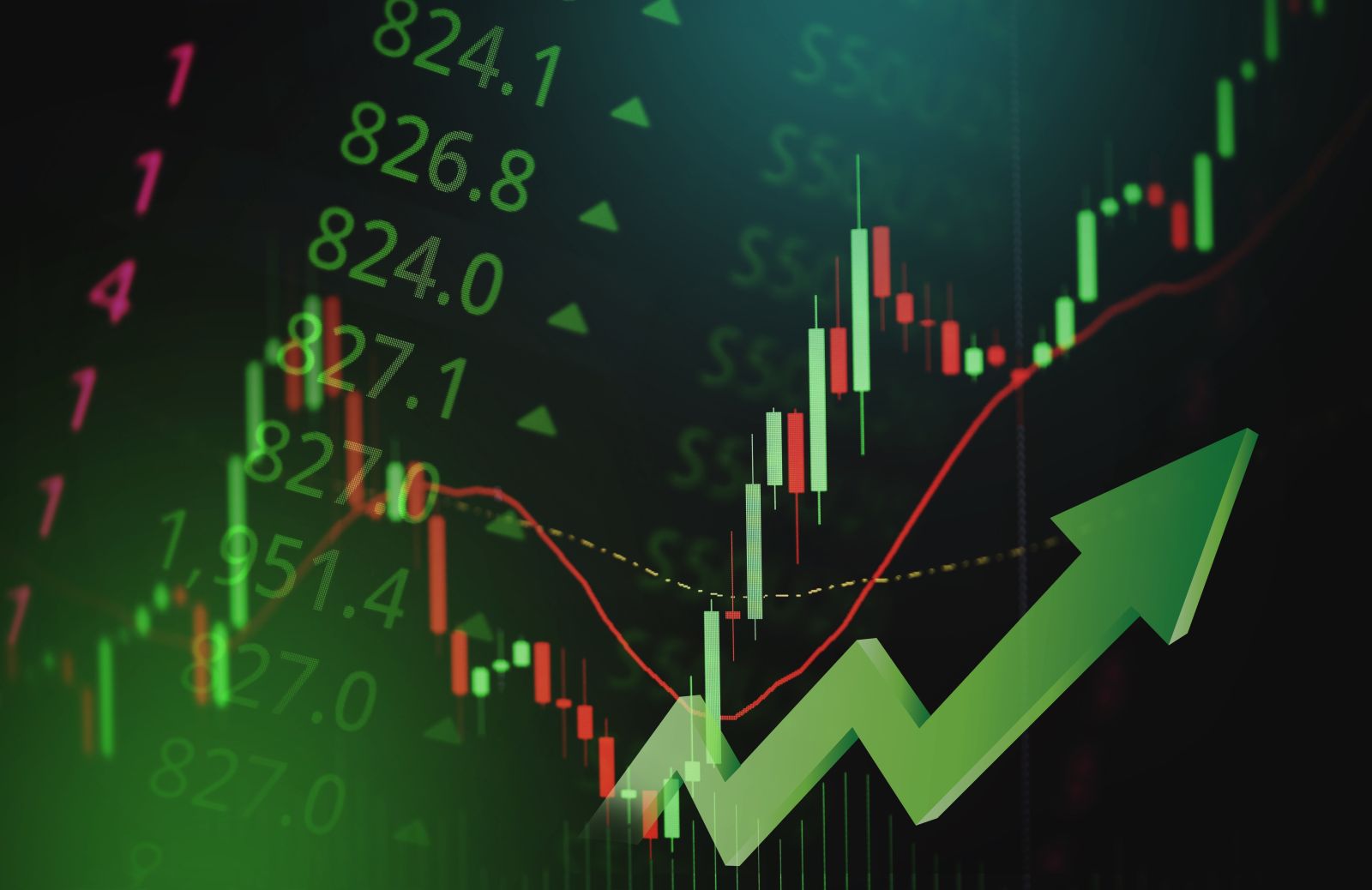New Year’s Resolution Rally: Are Gym Stocks a Sure-Fire Bet for Q1 Growth?

For many of us, the New Year serves as a time for setting resolutions for the 12 months ahead. While this is a cause to dream big about our long-term aspirations, oftentimes it revolves around getting into shape. But with so many of us eager to join or rejoin the gym in January, does this open the door to seasonal growth for the industry’s brightest stocks?
The first quarter of the year, as well as the months leading up to the summer, can be a key period for gyms as more customers seek to get in shape as part of their New Year’s resolutions or intend to lose weight ahead of a beach holiday.
Furthermore, there’s plenty of data to back this trend up. Planet Fitness (NYSE:PLNT) typically adds around 400,000 members in the month of January, representing around a quarter of its 1.7 million annual sign-ups.
Despite weaker foot traffic in 2024 against historical trends, visits to Equinox had also grown 12% year-over-year in January.
So, what does this mean for gym stocks? Can investors bank on the cyclical nature of sign-ups to grow their portfolios throughout the first quarter of the year? Let’s explore the data behind one of the hospitality sector’s most curious trends:
Identifying Trends for Gym Stocks
There’s little doubt that consumer interest in gyms peaks in January, and using Google Trends to quantify this, we can see that searches for ‘gym’ spikes on a worldwide basis at the beginning of the year.
In recent years, we can also see that searches for gyms have increased generally, illustrating that customer appetite hasn’t waned despite a general decrease in search intent during the initial COVID-19 outbreak.
Looking at some key gym stocks, there’s certainly historical evidence of price rallies at the beginning of the first quarter in recent years.
Taking Planet Fitness as an example, measuring the performance of the stock between the beginning of Q4 and the end of the following Q1 since 2019, we can see growth of 24.75%, 2.4%, 27.6%, and 30.2%, respectively for the stock.
Similar spikes can be observed for other digitally-based fitness stocks like Peloton, albeit on a less pronounced basis.
Curiously, of the growth experienced by Planet Fitness, the stock’s peaks in the first half of the year have generally arrived between mid-January and mid-February, indicating that investor optimism is at its strongest before Q1 earnings periods.
Trends or Fundamentals?
In 2024, Planet Fitness soared higher on the New York Stock Exchange after exceeding expectations for its Q2 earnings results. This caused the stock to climb more than 11% on the back of the positive news.
Reporting a 5.1% rise in revenue year-over-year to $300.9 million, beating forecasts of $290.18 million, the stock hints that January foot traffic isn’t the be-all and end-all for gym stocks.
Planet Fitness’ Q3 2024 performance of 12.57% growth makes it the gym’s strongest performing quarter of the year so far, outpacing the typically busier opening quarters in the process.
Investor optimism grew even as Planet Fitness announced an increase on its membership prices for the first time in over 20 years. The 50% increase on the Classic membership charge, bringing the cost up to $15, still means that the gym remains one of the cheapest in the United States and is likely to have built greater investor confidence following its bid to leverage greater sustainability.
Not Just for Christmas
Gyms are constantly seeking ways to reduce customer churn following flurries of interest in January, and technology is helping to pave the way for more businesses to shake off their seasonal reputation to drive foot traffic all year round.
Online class reservation software has helped to revolutionize the quality of service offered by gyms in those busy Q1 months as well as their output all year round.
The scheduling software market value is expected to reach $360 million this year, and its simplified structure means that more gym members can enjoy a better experience when interacting with their gyms.
The emergence of AI is also helping to supplement gym visits with biometrical insights and nutrition advice to aid customers in achieving observable results.
Fitness and wellness tech can help to reduce customer churn at scale thanks to helping gym goers to better track their progress and gain encouragement from their visits.
Should Investors Buy Into Seasonality?
While there’s a clear observable trend regarding the seasonality of gyms and stock performance in the early months of the calendar year, the industry’s evolution could call for a more nuanced approach for investors.
Worryingly, 2024 data has shown that January foot traffic among 10 of the largest gyms in the US fell from an average of a 40% increase in the two years before relatively flat results this year.
The beauty of the fitness industry is that there’s no shortage of customer interest, particularly in the new year. While this may not always result in stronger foot traffic, gyms that offer greater levels of digital transformation and competitive pricing could be well-positioned to reap the rewards all year round.
For investors, the future of gyms could be less cyclical and more observable on a case-by-case basis. This means that opportunities can be found by keeping a keen eye on fundamentals and researching each stock accordingly.
On the date of publication, Dmytro Spilka did not have (either directly or indirectly) positions in any of the securities mentioned in this article. All information and data in this article is solely for informational purposes. For more information please view the Barchart Disclosure Policy here.